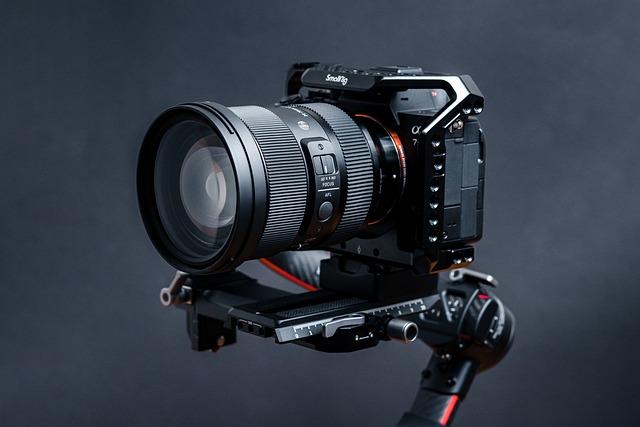In the world of cinema, every grand spectacle begins with a whisper of inspiration—a simple idea that dances in the mind of a creator. Transforming this fleeting thought into a complex film is akin to alchemy, where imagination melds with craftsmanship. This intricate journey weaves through the realms of storytelling, visual artistry, and technical prowess, culminating in a tapestry of moving images that captivate audiences worldwide. As we unravel the process, we delve into the delicate balance between creativity and precision, exploring how a mere spark ignites a cinematic masterpiece.
From Concept to Screenplay: Crafting the Narrative
Transforming a mere spark of an idea into a full-fledged screenplay is akin to sculpting a block of marble into a masterpiece. It begins with a concept, often a fleeting thought or an intriguing question that demands exploration. This seed is nurtured through brainstorming, where writers play with possibilities, letting their imagination roam freely. Characters start to emerge, and the narrative’s heart takes shape, pulsating with potential.
- Outlining: The foundation where the plot’s architecture is carefully designed.
- Scene Development: Crafting moments that propel the story forward, ensuring each one adds value.
- Dialogue Creation: Breathing life into characters, allowing them to speak and resonate with authenticity.
The journey is iterative, often requiring multiple drafts and revisions. Writers must be both architects and gardeners, constructing frameworks while allowing organic growth. The screenplay is a living entity, evolving until it captures the essence of the initial idea, ready to leap from the page to the screen.
 Casting and Characters: Bringing the Story to Life”>
Casting and Characters: Bringing the Story to Life”>
Casting and Characters: Bringing the Story to Life
The magic of filmmaking often hinges on the alchemy of casting and character development. Finding the right actors is akin to discovering hidden gems that can bring depth and authenticity to a narrative. Casting directors meticulously search for talent that not only fits the role but also elevates it, breathing life into words on a page. This process involves a delicate balance of intuition and experience, ensuring that each actor resonates with the essence of their character.
- Visionary Casting: Directors and casting teams collaborate to envision which actors can embody the story’s spirit.
- Character Workshops: Actors engage in workshops to explore and deepen their understanding of their roles.
- Dynamic Chemistry: Screen tests and rehearsals are conducted to gauge the chemistry between cast members, vital for authentic storytelling.
Once the cast is in place, characters begin to transcend the script, evolving through rehearsals and improvisations. This organic growth is crucial as it allows the story to expand beyond its original confines, turning a simple idea into a complex and captivating film.
 Storytelling: Designing the Cinematic World”>
Storytelling: Designing the Cinematic World”>
Visual Storytelling: Designing the Cinematic World
In the realm of filmmaking, visual storytelling transforms mere ideas into immersive experiences. This process begins with the art of conceptualization, where directors and designers collaborate to build a vivid picture of the film’s world. They consider:
- Color palettes that evoke specific emotions.
- Lighting techniques to shape mood and focus.
- Set designs that reflect character and narrative.
Each element is meticulously crafted to serve the story, guiding the audience through a rich tapestry of visuals. The goal is not just to tell a story but to create a universe that feels tangible and alive, where every frame is a work of art in itself.

Editing and Post-Production: Refining the Vision
The magic of film truly unfolds in the editing room, where raw footage is transformed into a cohesive narrative. This phase is about shaping the story, aligning it with the director’s vision, and enhancing the emotional impact. Editors meticulously sift through hours of footage, selecting the best takes and arranging them into a seamless flow. Here, pacing becomes a crucial element; the rhythm of cuts can heighten tension, create anticipation, or deliver a comedic punch.
In post-production, the film’s aesthetic elements are refined. This includes color grading to set the mood, sound design to immerse the audience, and visual effects to bring impossible scenes to life. Key tasks include:
- Color Correction: Adjusting colors to ensure consistency and evoke specific emotions.
- Sound Mixing: Balancing dialogue, music, and sound effects for clarity and impact.
- Visual Effects: Adding CGI or other effects to enhance the storytelling.
The collaboration between editors, directors, and other post-production specialists is vital to refine the film’s vision, ensuring every frame serves the story.

